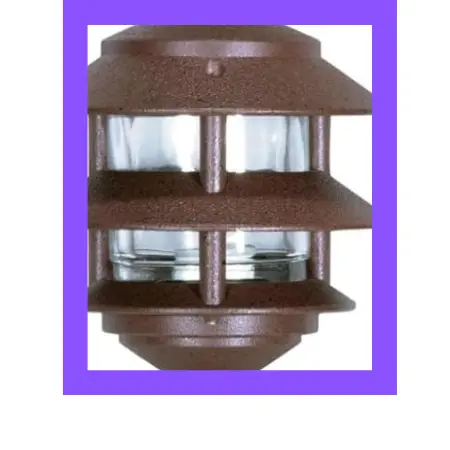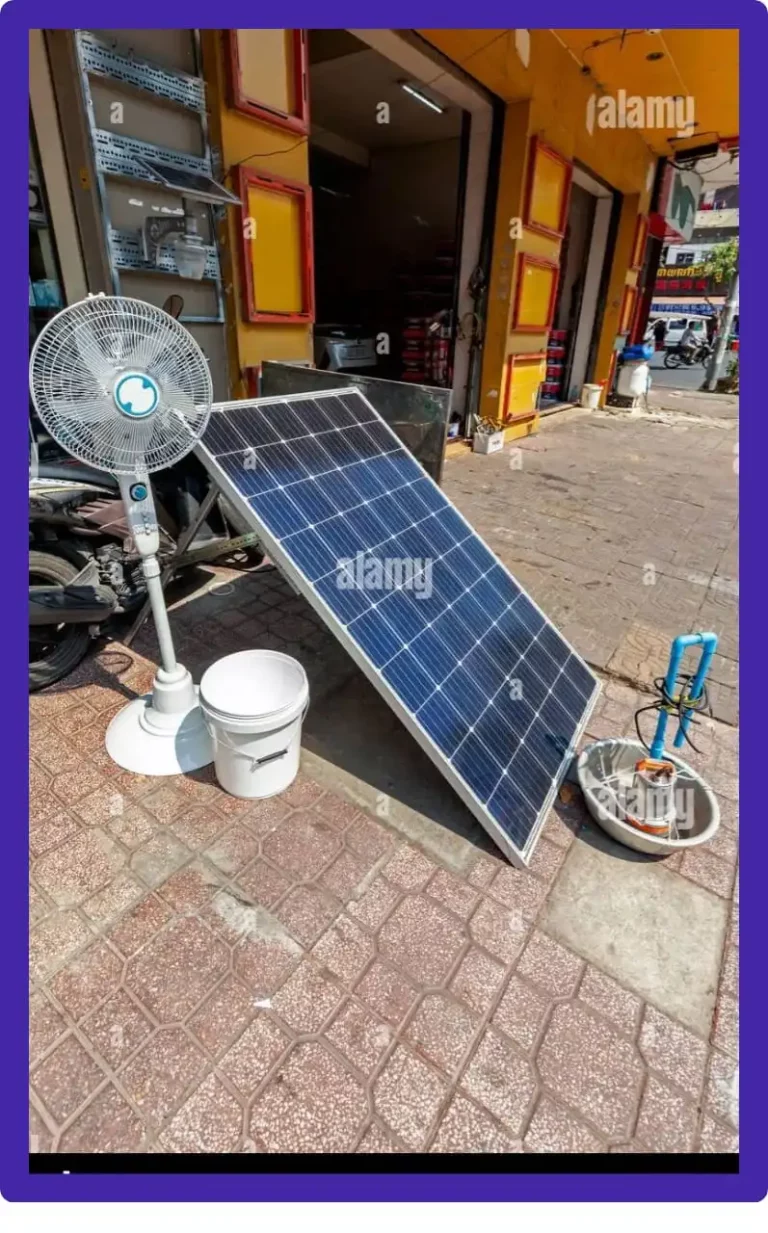solar water fountain
We shall discuss solar water fountain in detail
I. Introduction
The solar water fountain is not only an appealing addition to gardens, patios, and indoor spaces but also serves a functional purpose by utilizing renewable energy. These fountains harness sunlight to power a water pump, creating a soothing ambiance through the gentle sound of flowing water. The significance of incorporating solar technology cannot be overstated, as it contributes to sustainability by reducing reliance on traditional energy sources. By using solar power, these fountains promote environmental awareness while enhancing the beauty of any landscape.
In addition to their aesthetic appeal, solar water fountains provide various benefits. They help attract birds and beneficial insects, fostering a vibrant ecosystem in gardens. The sound of flowing water can create a calming atmosphere, making outdoor spaces more enjoyable for relaxation and social gatherings. Furthermore, the water movement helps to aerate the water, promoting a healthier environment for aquatic plants and animals.
As we delve into the specifics of constructing a solar water fountain, it’s essential to understand the components involved and the steps necessary for its successful implementation. This guide will explore the materials needed, design options, construction steps, and maintenance requirements. By the end, readers will have a comprehensive understanding of how to create their solar water fountain and appreciate its numerous advantages.
II. Materials Needed
Creating a solar water fountain requires several key materials, each playing a crucial role in its overall functionality and design. The most important component is the solar panel, which captures sunlight and converts it into electricity to power the water pump. Solar panels come in various sizes and efficiencies, so it’s essential to choose one that matches the pump’s power requirements and the desired fountain’s scale.
The water pump is the heart of the fountain, responsible for circulating the water. When selecting a pump, consider factors such as flow rate, height of water lift, and energy consumption. Choosing a pump with adjustable flow rates can also allow for customization of water patterns and sounds.
A fountain basin or reservoir is necessary to hold the water. This can be made from materials such as stone, ceramic, or plastic, and should be durable and weather-resistant. The size of the basin will depend on the fountain’s design and the volume of water needed to create the desired effect.
Additional materials include tubing to connect the pump to the fountain’s water spout, decorative elements like rocks, plants, or sculptures to enhance the visual appeal, and optional battery backup systems for cloudy days or nighttime use. These components work together to create a harmonious and functional water feature.
III. Design Options
When designing a solar water fountain, various styles and configurations can be explored. Understanding the available options can help you select a design that complements your existing landscape and personal aesthetic.
- Tabletop Fountains: These smaller fountains are ideal for patios, decks, or indoor spaces. They can be placed on tables or stands, adding a decorative element without requiring much space. Tabletop fountains can feature intricate designs, such as tiered layers or spouts, and often come with integrated lighting for nighttime enjoyment.
- Garden Fountains: Larger and more elaborate, garden fountains can serve as focal points in outdoor spaces. They may include multiple tiers, sculptures, or intricate stonework. These fountains often require more substantial basins and may need professional installation, depending on their size.
- Wall-Mounted Fountains: These fountains save space by being attached to walls or fences. They can be designed with modern or traditional aesthetics, offering versatility in how they fit into various environments. Wall-mounted fountains can create a striking visual impact, especially when combined with climbing plants or ambient lighting.
In addition to style, consider the scale of the fountain relative to its surroundings. A small fountain can feel lost in a vast garden, while an oversized fountain may overwhelm a compact patio. The aesthetic integration of the fountain with natural elements, such as surrounding plants or rocks, is essential to achieving a cohesive look.
IV. Construction Steps
Constructing a solar water fountain involves several steps, each crucial to ensuring the fountain operates effectively and looks aesthetically pleasing.
- Selecting a Location: Choose a site with ample sunlight exposure to maximize the solar panel’s efficiency. The location should also be visible and accessible for maintenance.
- Setting Up the Fountain Basin: Begin by preparing the area for the fountain basin. Dig a hole if needed, ensuring it’s level and stable. Position the basin securely, checking for any leaks before adding water.
- Installing the Water Pump: Place the water pump at the bottom of the basin, ensuring it’s submerged. Attach tubing from the pump to the desired fountain spout location. This step may require securing the tubing to prevent dislodgment when the water flows.
- Mounting the Solar Panel: Install the solar panel in a location that receives maximum sunlight. It can be mounted on a pole or a wall, ensuring the angle is optimal for capturing sunlight. Use brackets or mounts to secure it in place.
- Filling the Basin with Water: Once everything is set up, fill the basin with water, making sure to cover the pump completely. This will allow it to function correctly and create a flow.
- Testing the System: Before finalizing the fountain setup, turn on the pump and observe the water flow. Adjust the pump settings as necessary to achieve the desired effect.
Following these steps ensures a well-functioning and visually appealing solar water fountain.
V. Maintenance
Maintaining a solar water fountain is essential for its longevity and performance. Regular upkeep involves several key activities:
- Regular Cleaning: To prevent algae growth and debris buildup, clean the fountain basin and pump regularly. Use a soft brush and mild detergent to scrub surfaces. Rinse thoroughly to ensure no soap residue remains.
- Seasonal Considerations: In colder climates, winterizing the fountain is crucial to prevent damage from freezing temperatures. Drain the basin, disconnect the pump, and store it indoors. Cover the solar panel to protect it from snow and ice.
- Protecting the Solar Panel: Ensure the solar panel remains free from dust, leaves, and other debris that can hinder its efficiency. Clean the panel periodically with a damp cloth, especially after storms or high winds.
- Troubleshooting Common Issues: If the fountain isn’t working as expected, check the water level, pump functionality, and solar panel positioning. Ensuring that the pump is submerged and the solar panel receives adequate sunlight can often resolve issues.
By adhering to these maintenance practices, you can enjoy your solar water fountain for years to come, reaping its benefits while minimizing environmental impact.
VI. Conclusion
In summary, a solar water fountain offers a beautiful and sustainable way to enhance outdoor and indoor spaces. By harnessing the power of the sun, these fountains create soothing water features that attract wildlife and provide tranquility. The benefits of installing a solar water fountain include reduced energy costs, low maintenance, and the opportunity to engage with nature.
As you consider building your own solar water fountain, remember the importance of planning, design, and maintenance. The journey from conception to installation is rewarding, allowing you to create a personal oasis that reflects your style and environmental commitment. With the right materials and careful construction, your solar water fountain can become a centerpiece of beauty and sustainability, enriching your space and contributing positively to the environment.
Exploring future possibilities, you may also consider adding features such as LED lights, additional water features, or integrating it into a larger landscape design. The creativity and adaptability of solar water fountains ensure they remain relevant and desirable additions to any setting, promoting a sustainable future while providing enjoyment for all who experience their charm.


